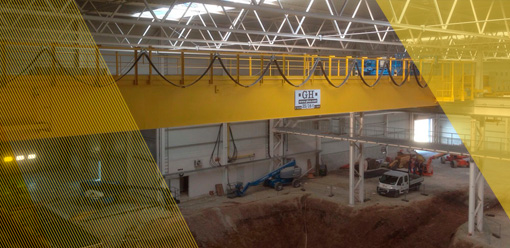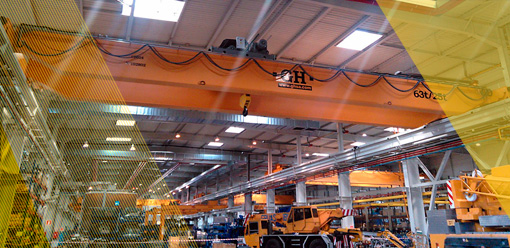1) Getting The Most Comprehensive Bridge Crane Cost Proposal
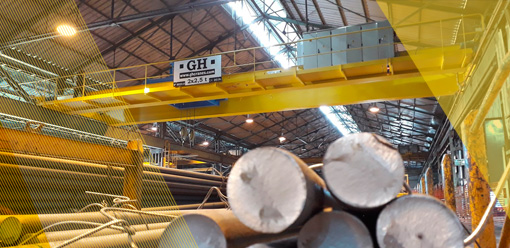
When you sit down with the crane company to review their proposal, you should be asking yourself:
- How closely did they match our stated material handling needs?
- Did they also accommodate our plans for future expansion or workflow changes, as we discussed?
- Are they proposing a higher or lower Crane
- If your facility has a difficult operating environment (e.g., corrosive, high heat, excessive dust or moisture, etc.), how does their bridge crane design handle it?
- Can they explain, in detail, their design choice for the overhead crane? Their choice of components? If appropriate, have they explained how their crane will interact or synchronize with other cranes or other material handling equipment?
- Did they provide all of the cost breakouts you expected?
- Given the fluctuating cost of materials (e.g., steel) and the relatively long time it takes to specify, buy and install an overhead crane, are you comfortable with the “price valid until” date? If not, does the crane supplier offer alternatives?
- Do their warranties clearly spell out what is covered for the crane and its components?
- Did they present you a price for a comprehensive crane maintenance plan for your budgeting?
- Did they include in their scope the complete installation of the equipment, including lifts, motor cranes and weights for mandatory load tests?
2) Optimized Bridge Crane Design Saves Significant Space & Therefore Building Costs
Also, we have reduced the headroom of our hoists, gaining both space below the hook and from top of the hoist to lowest building obstruction. For example, our standard double-girder hoist has the smallest headroom on the market, meaning your building can be 4.5 feet lower than when using other manufacturers’ hoists.
Last but not least, we have also improved our hook side approaches, so the hoist can get as close as possible to the walls. This means either: 1) you can more fully utilize your existing space, or 2) if constructing a new building, it can be narrower, saving you building costs.
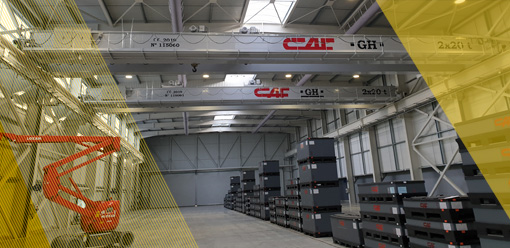
3) Spare Part Availability & Avoiding Obsolescence Costs
GH Cranes has some unique advantages went it comes to spare parts:
First, whenever possible we use standardized crane components: this gives you maximum flexibility to “mix and match” parts as required for your special application needs. Also we use commercial brands, which provides you convenient sourcing and the comfort of reliability provided by world leaders electronic parts manufacturers (giving you also freedom to shop around for parts and see for yourself how very competitive GH spares are).
Secondly, GH Cranes & Components is fully vertically integrated: this reduces the possibility of premature parts obsolescence, since we have much more control over our own supply chain. (With other crane OEMs, you might face the choice of paying the high cost — in both time and money — of reverse engineering a spare part in order to keep an older crane operating.)
4) Installation Costs for Overhead Cranes
Unless made clear in the proposal, the following are common areas of misunderstanding:
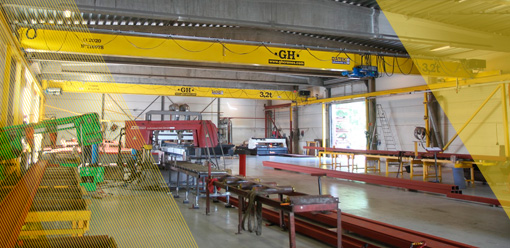
• Who pays for the pre-installation building survey done by a civil or structural engineer to determine if upgrades are needed to your foundation, support columns or ceiling beams?
• Who will identify if additional building modifications — including overhead lighting, HVAC duct work/roof work, plumbing/sprinklers — are needed prior to crane installation? Then who will be responsible for making the needed modifications?
• Are all shipping costs to your facility included?
• On the day of installation, which work cells will remain in operation and how will the installers work around those areas?
• Load testing is mandatory per OSHA. Is it included in the installation scope?
• Are the weights for the load tests included in the installation scope?
• Is it really a turnkey scope, or there will be “hidden” extra charges not foreseen along the way? (Never with GH Cranes & Components!)
5) Mitigating Safety Incidents and Related Costs
• Overload Limit Device: an electro-mechanical load cell with electronic control.
• Limit Switches: located on the drum axle, the switch limits hook movement during up and down motions. Apart from this one, all of our hoists are fitted with an extra security limit switch (weight operated), mandatory per ASME, preventing damaged in case of a possible failure of the main electronic limit switch.
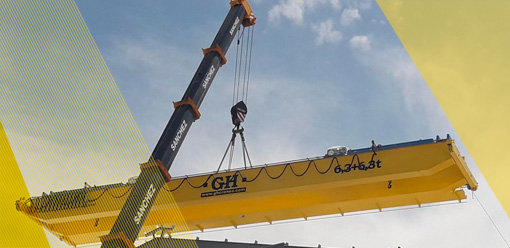
In addition, GH’s Corebox intelligent control unit can provide real-time alerts to safety managers and other designated personnel when an overload occurs, allowing the immediate investigation of factors leading to the overload condition.
6) Crane Inspection, Testing, Training & Preventative Maintenance
The proposal should also indicate provisions for training operators and riggers on the new overhead crane. The training must include designating “qualified persons” to do the crane’s Frequent and Periodic Inspections, as defined by their OSHA, ASME and CMAA overhead crane service standards.
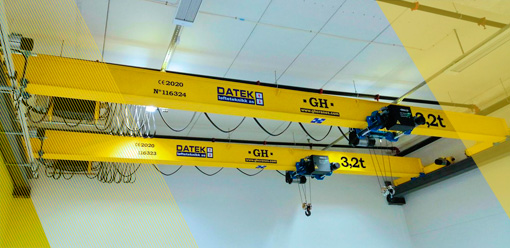
For more complex repairs, the OEM’s warranties can come into play: they may require OEM-certified personnel.
Obviously, for maximum uptime and productivity, reactive repairs (i.e., downtime) should be avoided whenever possible. GH Crane’s COREBOX is a datalogger that collects data and operating parameters from different crane devices, with the ability to be connected to the Cloud. Customers can then log into the GH Portal to review crane operational statistics and make appropriate preventative maintenance decisions. Plus, GH support staff can, if needed, remotely control the crane, facilitating troubleshooting.
Many customers, particularly those sensitive to any production disruptions, opt for service packages from their crane OEM, which can also aid the crane owners in their budgeting process.
7) Leverage Best Overhead Crane Practices from Throughout the World
We work closely with the best and brightest in 17+ major industries, from innovative entrepreneurs to Fortune 500 companies, finding new ways to boost their facilities’ productivity through overhead cranes.
A case in point is our success in the waste-to-energy industry, where our expertise is in high demand. We have extensive experience with:
• Boiler and Turbine Maintenance Cranes
• Slag Cranes, typically fitted with clamshell grabbers
• Maintenance Hoists
• And Waste-Handling Cranes, including semi-automatic and automatic designs
